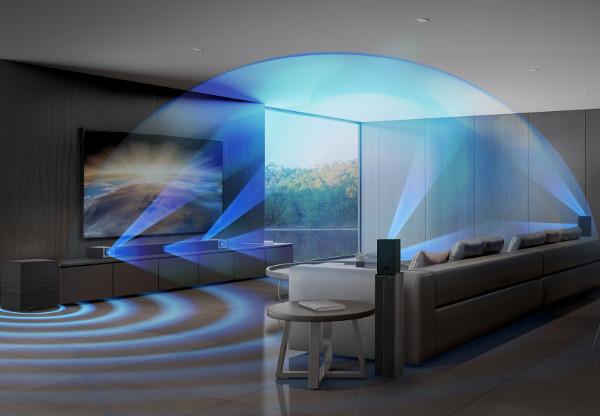The Big Picture
Sort By: Post Date TitlePublish Date
|
Jul 26, 2021 |
|
Jul 02, 2012 |
|
Apr 20, 2012 |



















